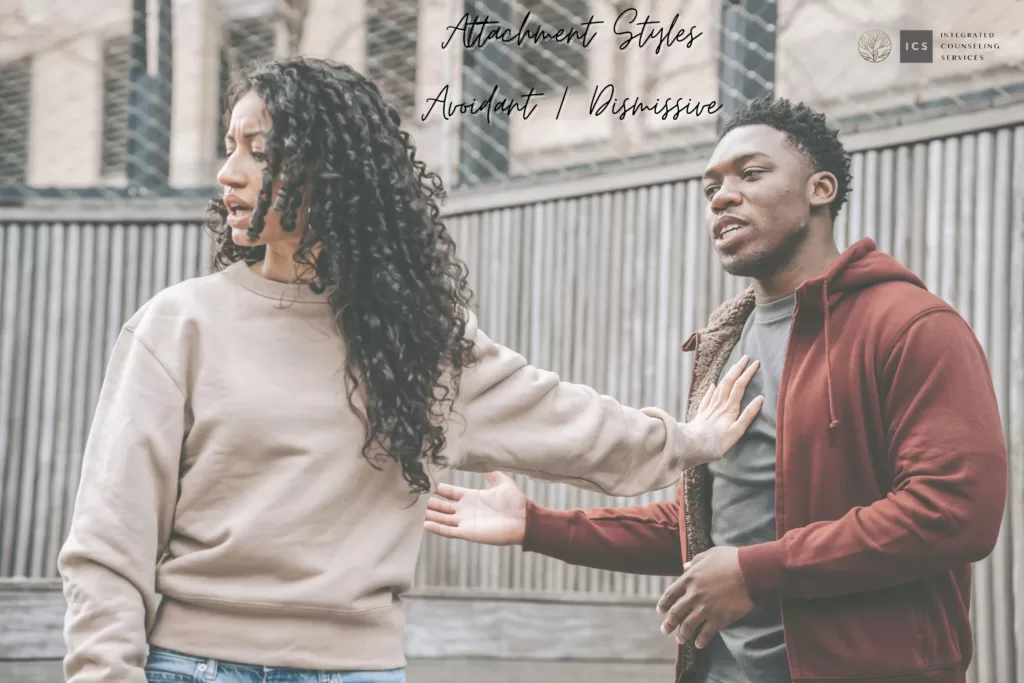Which Attachment Style Are You?
Avoidant/Dismissive

Today we’re highlighting the Avoidant/Dismissive attachment style. People with this attachment style tend to have a positive view of themselves and a negative view of others. Because of this, on an emotional level, avoidant attachers tend to foster a high sense of independence and self-sufficiency. In other words, they tend to believe that they don’t have to be in a romantic relationship to feel complete. They don’t want to depend on others or others to depend on them. Adults with the avoidant/dismissive attachment style generally avoid emotional closeness or intimacy and may withdraw from a relationship if they feel the other person is becoming dependent on them. People also tend to hide or suppress their feelings when faced with conflict or other emotional situations.
How do folks with this attachment style foster a secure attachment style? First, it is important to identify the potential emotional triggers for adults with an avoidant attachment style. Some examples include: a partner wanting to get too close, a partner wanting to open up emotionally, a partner being demanding of their attention, unpredictable situations, feeling out of control, having to be dependent on others, and being criticized. An avoidant attacher will need to work on resisting repression of their emotions, expressing their needs to loved ones, and allowing themselves to trust and depend on others. For partners of adults with this attachment style, it is important to recognize their triggers, allow them to take personal space when needed, open up clear communication, and acknowledge their fears of connection and expressing emotions.

